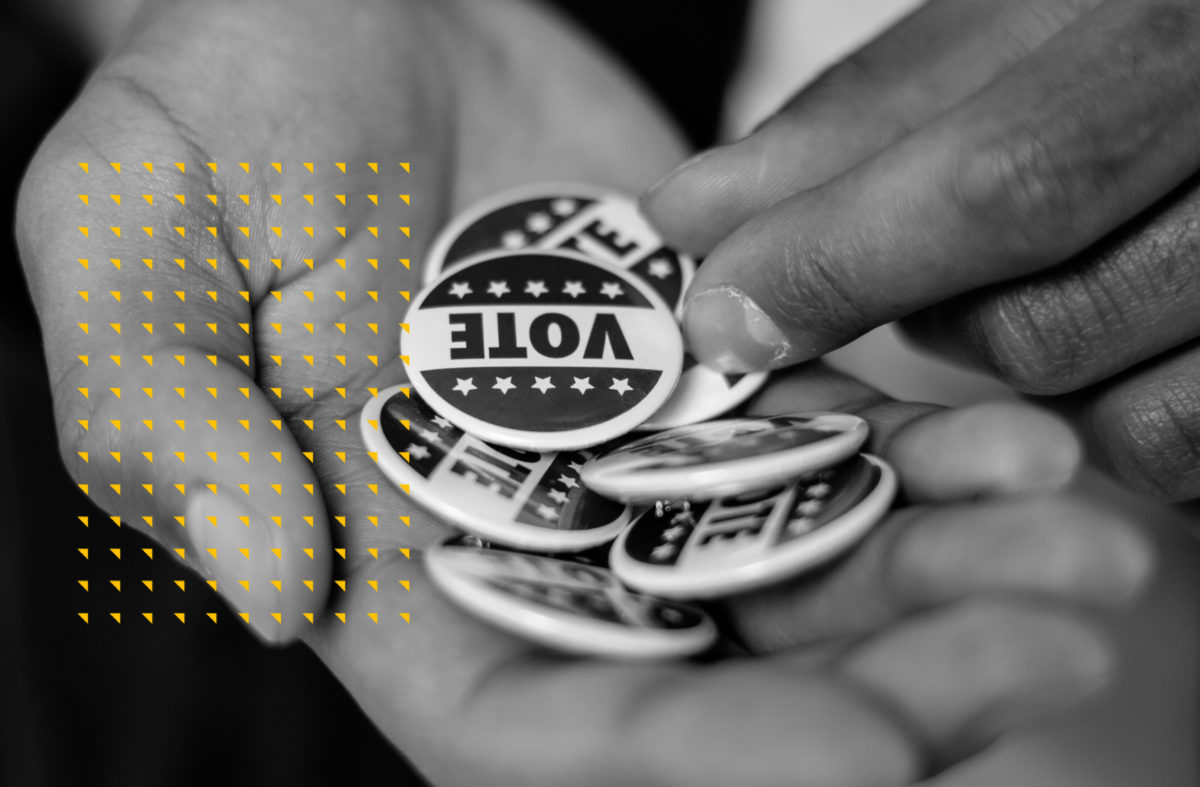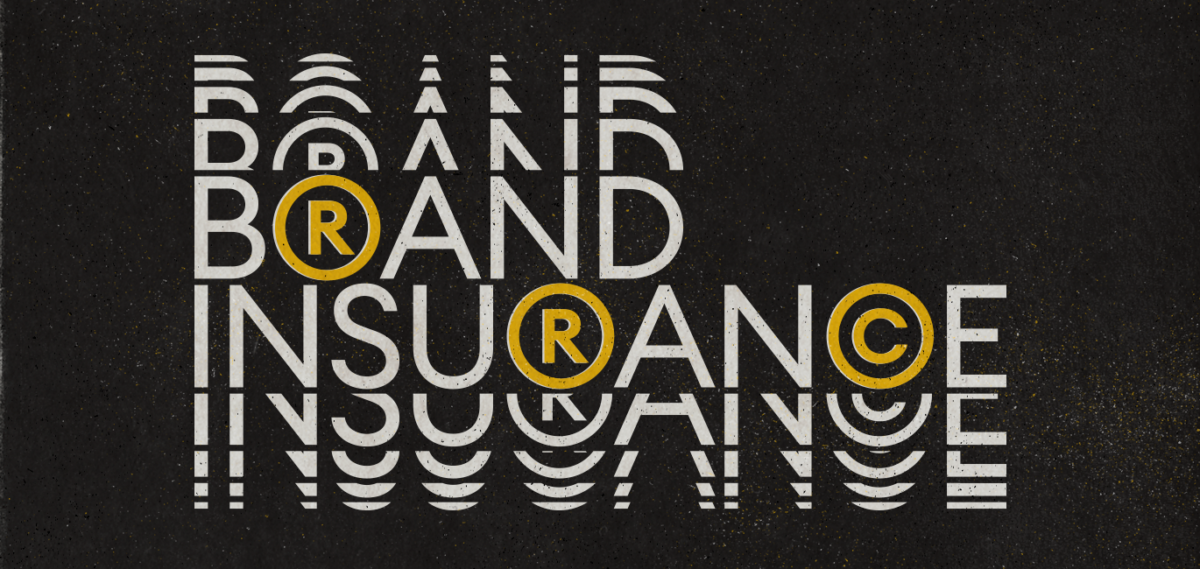From the practitioner’s perspective:
- They feel they aren’t given enough time in the day to provide patients with the care they want to give
- They worry the educational materials they’re provided to share with patients is too general and doesn’t actually deliver the information that’s needed
- They feel overlooked when important organizational decisions are made that will inevitably impact the their work
- They don’t believe enough functional and progressive options for patient communication are available
- They don’t feel they’re given proper tools to enable and empower patients to ask the right questions in tumultuous situations
- They believe the world quickly and technologically advanced, but the way health is provided is behind
If you look for patterns or trends in the concerns we received, you’ll notice that the challenges patients and practitioners reported circulate around the way their experiences with healthcare made or make them feel. Healthcare patients and practitioners alike are craving more connection, understanding, and transparency, and feel they’re being let down at nearly every turn.
But does it have to stay that way? Of course it doesn’t. The healthcare industry is just suffering from a bad customer experience problem – and luckily, we can change that.
What To Do Next
We believe that true innovation happens when you solve human needs first, business needs second, and that all experiences (which encompasses every workflow, process, and deliverable!) should be crafted with intention and care. Even though the underpinnings of the healthcare system and healthcare organizations are complex, to a patient, it’s all about their own personal end to end experience.
By implementing data- and technology-driven processes that enable practitioners to meet patients where they are, you can begin to craft customer experiences internally and externally (remember, your employees are customers, too) that increase overall satisfaction and loyalty, and in turn make positive impacts to your bottom line.
Here are just a few approaches to keep in mind:
Do Your Research
Execute in-depth market research and interviews to redefine audience personas, pain points, competitors, and growth opportunities in the given industry. Using these qualitative and quantitative insights, come up with strategies to reach your ideal demographic more often and improve retention and engagement throughout the entire patient lifecycle. Pro tip: Look to other industries for innovative ideas and solutions.
Figure Out Where You’re Falling Short
Compile data related to search results and social conversations to identify when, where, how and why your organization is showing up the way it is. Uncovering your audience’s motivations and behaviors – what matters most to them, what they actively search for, how they make key decisions – will help inform new and improved strategies to reach, acquire and engage more of your core and adjacent audiences. Let these learnings not only improve reach, but differentiate your organization’s identity, offerings, and voice.
Discover the Root Cause
Identify communication and decision-making breakdowns that impact the customer experiences for patients and practitioners alike. Then explore and implement solutions to mend bridges and fill those efficiency-barrier gaps.
Strategize New Ways of Operating & What They Would Entail
Reimagine business operations through a streamlined lens exploring options for subscription models, virtual care (also known as telehealth), easy-pay and other technology-driven practices that lend to a more functional customer experience.
Develop & Implement New Products
Based on your previous learnings, develop and implement new telehealth offerings, scheduling apps, and A.I. tools focused on providing general health information, mental health assistance, patient-practitioner connection, and nutrition advice related to managing chronic diseases from a whole-person perspective.
Lean Into Digital Content
Ensure your website is structurally sound through a content and SEO strategy that provides cleaner data results and enables you to grow faster. This strategic planning will build on itself, reducing the need for continued high dollar investments in other channels like paid search. Pro tip: Don’t forget that the words you use and how you use them on your website impacts patient acquisition and retainment, too.
Evaluate Your Digital User Experiences
Evaluate and redesign external customer mobile and web experiences for easy navigation, clear communication, customized patient portals and visual differentiation and identity. Simultaneously, implement new internal data-focused dashboards to cut through bureaucracy and siloes, enable cross-functional collaboration and inform decision-making and provide real-time updates related to monthly, quarterly or yearly goals.
Find Progressive Ways to Connect Patients & Practitioners
Use social media and technology to increase transparency via digital events, educational seminars, interactive practitioner profiles, video live streams, 24-hour question portals, and more.





